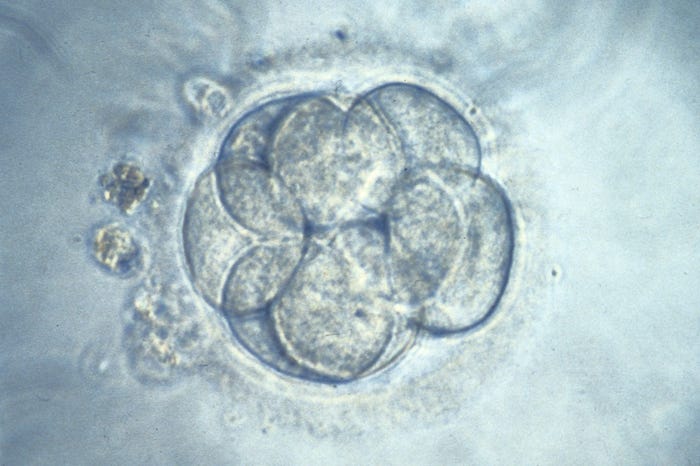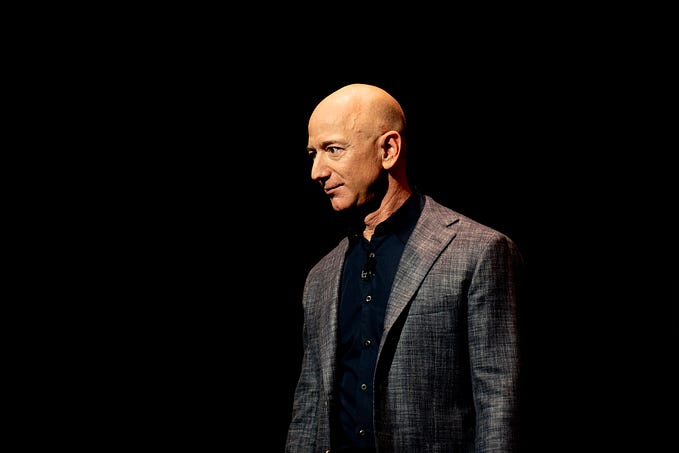Member-only story
Despite Calls for a Moratorium, More ‘Three-Parent’ Babies Expected Soon
Clinics in Europe say they will continue offering a controversial IVF procedure

 At least 10 babies have been born to apparently infertile women as a result of a controversial in vitro fertilization procedure that involves combining a mother’s egg with a donor one. The technique is often referred to as “three-person IVF” because the baby ends up with DNA from three people — the mother, the father, and an egg donor.
At least 10 babies have been born to apparently infertile women as a result of a controversial in vitro fertilization procedure that involves combining a mother’s egg with a donor one. The technique is often referred to as “three-person IVF” because the baby ends up with DNA from three people — the mother, the father, and an egg donor.
One of the births was reported in April by a Greek clinic performing the procedure, also known as mitochondrial replacement therapy, or mitochondrial donation. Now, fertility experts in Europe are calling for a moratorium on using the technique for women who have struggled to conceive.
The European Society of Human Reproduction and Embryology (ESHRE) has issued a statement urging “extreme caution” on the use of mitochondrial replacement for cases of infertility. The organization, which represents 8,000 clinicians and scientists, says there’s not enough evidence to show that it produces higher birth rates than conventional IVF. However, OneZero has learned that despite the group’s recommendation, the Greek clinic, as well as another center in Ukraine, will continue to offer the procedure — and that more “three-parent” babies are likely on the way.
“The current lack of solid scientific evidence providing safety reassurance requires more study and continued vigilance,” the ESHRE statement says. “At the present stage, and until this technology has been proven to be effective and safe, ESHRE strongly discourages the use of mitochondrial donation to alleviate an infertility condition.”
In IVF, an egg from the mother is combined with sperm from the father and fertilized outside the body, with the resulting embryos transferred to the uterus of the mother. In mitochondrial replacement therapy, an embryo is made using two eggs plus sperm. The technique involves taking the mother’s egg and extracting its nucleus — where the majority of DNA is located — and swapping it into a hollowed-out donor egg that has had its own nucleus removed. The shell of the donor egg retains healthy mitochondria, the cell’s energy-making structures that float around…









